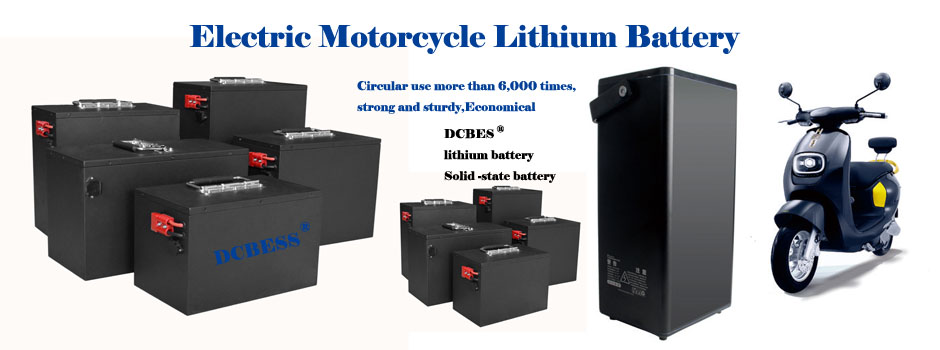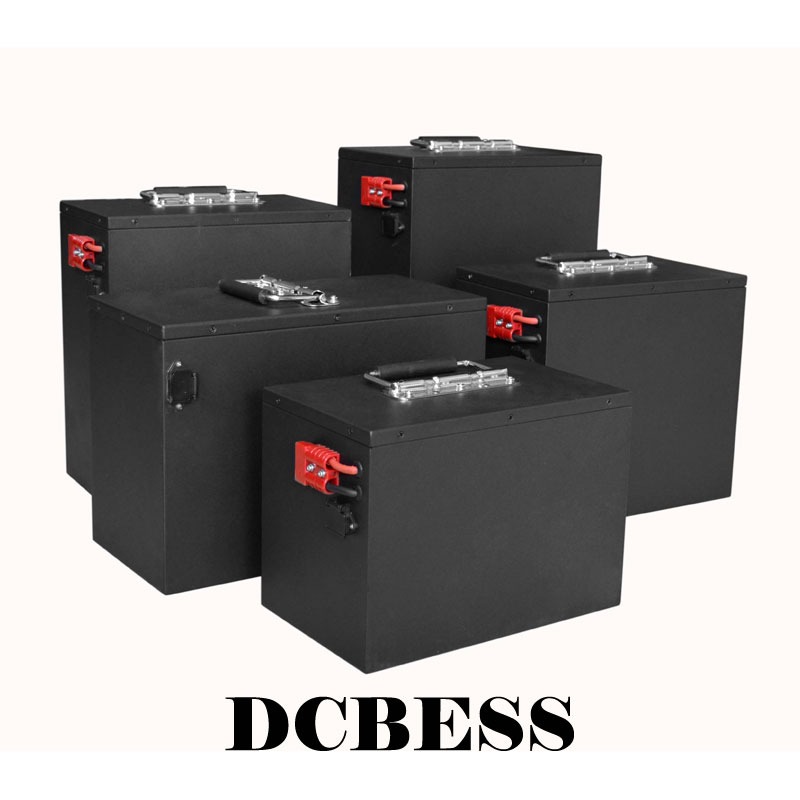Ratings & Reviews
5.0 /5 Very satisfied

1.1 Reference standard
No. | Standard | Description |
1 | GB /T 36972-2018 | Lithium-ion batteries for electric motorcycle |
2 | GB/T 4208-2008 | Enclosure protection class (IP code) |
2. Product Functional Features
2.1 Overvoltage protection
When the BMS detects that the voltage of any battery cell exceeds the "over-voltage protection value", it will cause the charging circuit to be cut off. Once over-voltage protection occurs, the voltage of all battery cells must fall below the "over-voltage protection release value" to release the over-voltage protection state and re-activate the charging function.
2.2 Undervoltage protection
When the BMS detects that the voltage of any cell is lower than the "undervoltage protection value", it will cause the discharge circuit to be cut off. Once undervoltage protection occurs, it can be canceled under the following two conditions:
The load is disconnected, the minimum voltage of the cell is higher than the undervoltage release value of the cell, and the load is detected to be disconnected.
The minimum voltage of the cell is higher than the cell undervoltage protection value and charging current is detected.
2.3 Charge overcurrent protection
When the BMS detects that the charging current is greater than the "charging overcurrent value", it will shut down the charging circuit and disable the charging function. Once the overcurrent protection is triggered, the charger must be kept disconnected for 3 seconds before the overcurrent protection is released and the charging function is resumed.
2.4 Overload protection
When the BMS detects that the discharge current is greater than the "overload protection value", it will shut down the discharge circuit and disable the discharge output. Once the overload protection is activated, the overload protection can only be released and the discharge function can be resumed after keeping the load disconnected for 3 seconds.
2.5 Short-circuit protection and recovery
When the BMS hardware circuit detects short circuit in the positive and negative terminals of the battery pack output, it will immediately shut down the discharge circuit and prohibit the output. Once short-circuit protection occurs, the short-circuit protection can only be released and the discharge function can be resumed after keeping the load disconnected for 3 seconds.
2.6 Over-temperature protection and recovery
When the BMS detects that the temperature of any group of temperature sensors exceeds the "over-temperature protection value", the BMS will shut down the charging and discharging circuits of the battery pack. Once the over-temperature protection occurs, the BMS needs to detect that the temperatures of all the temperature sensors are below the "over-temperature release value" before allowing the charging and discharging functions again.
2.7 Temperature difference protection and recovery
When the BMS detects that the temperature difference between two groups of temperature sensors exceeds the "temperature difference protection value", the BMS will shut down the charging and discharging circuits of the battery pack. Once the temperature difference protection occurs, the BMS needs to detect that the temperature difference of all the temperature sensors is lower than the "temperature difference protection value" before allowing the charging and discharging function again.
2.8 Low temperature protection during charging
When the BMS detects that the temperature of any of the temperature sensor is below the "Charge low temperature protection value", the BMS will close the charging circuit of the battery pack. Once the charge low temperature protection occurs, the BMS needs to detect that the temperature of all temperature sensor is higher than the "charge low temperature release value" before re-allowing the charging function.
2.9 Low temperature protection in the discharged state
When the BMS detects that the temperature of any of the temperature sensors is lower than the "discharge low temperature protection value", the BMS will close the discharge circuit of the battery pack. Once discharge low temperature protection occurs, the BMS needs to detect that the temperature of all the temperature sensors is above the "discharge low temperature release value" before allowing the discharge function again.
2.10 SOC Analysis
During charging or discharging, the BMS monitors the current and voltage to adjust the SOC information in real time. The process is based on the 1*t integration method, supplemented by a learning function.
2.11 RS485 communication
Communication command could view BMS monitoring data and battery pack status.
3.Battery operating environment
No. | Item | Requirement | Note |
1 | Working environment temperature | -20℃~+65℃ | Best use temperature: 15℃~35℃ |
2 | Storage Ambient Temperature | -20℃~+65℃ | / |
3 | Working environment humidity | ≤95% | best use of relative humidity: ≤ 75% |
4 | Working altitude requirements | ≤4000M |
|
4.Battery performance parameter
No. | Items | Technical Parameters | Note |
1 | Battery Type | Ternary lithium battery |
|
2 | Storage Ambient Temperature | -20℃~+65℃ | Optimum temperature 25±2°C |
3 | Working environment temperature | System -20℃~+65℃ Battery charging: 0℃ ~+65℃ Battery Discharge: -20℃ ~+65℃ | Charging: 0℃~+55℃ |
4 | Relative humidity of working environment | ≤95% | The best use of relative humidity: ≤ 75% |
5 | Nominal capacity | 50Ah | Other capacity customizable |
6 | Minimum capacity | 49.8Ah | Other capacity customizable |
7 | Battery grouping | 14S11P | / |
8 | Nominal voltage | 76.8V(Other voltage customizable) | Nominal voltage of battery cell: 3.2V |
9 | Operating voltage range | 60V~87.6V(@≥0℃) | Cell voltage range: 2.5V~3.65V (@≥0℃) |
10 | SOC operating range | 0%~100% |
|
11 | Maximum discharge sustainable current | 50A | BOL@25℃ |
12 | Short-term peak discharge current | 60A | 2S@25℃,50%SOC |
13 | Maximum continuous charging current | 50A | BOL@25℃,0%~60%S0C |
14 | Maximum charge limit voltage | 58.8V (Other voltage customizable) |
|
15 | PACK design cycle life | 800 times@70%SOH |
|
16 | Thermal management mode | Natural cooling |
|
17 | IP protection level | Battery box IP65 |
|
18 | Weight | 14KG |
|
29 | Shell material | Stainless Steel, Baked Enamel Black Sandpaper |
|
Electric Motorcycle Lithium Battery



